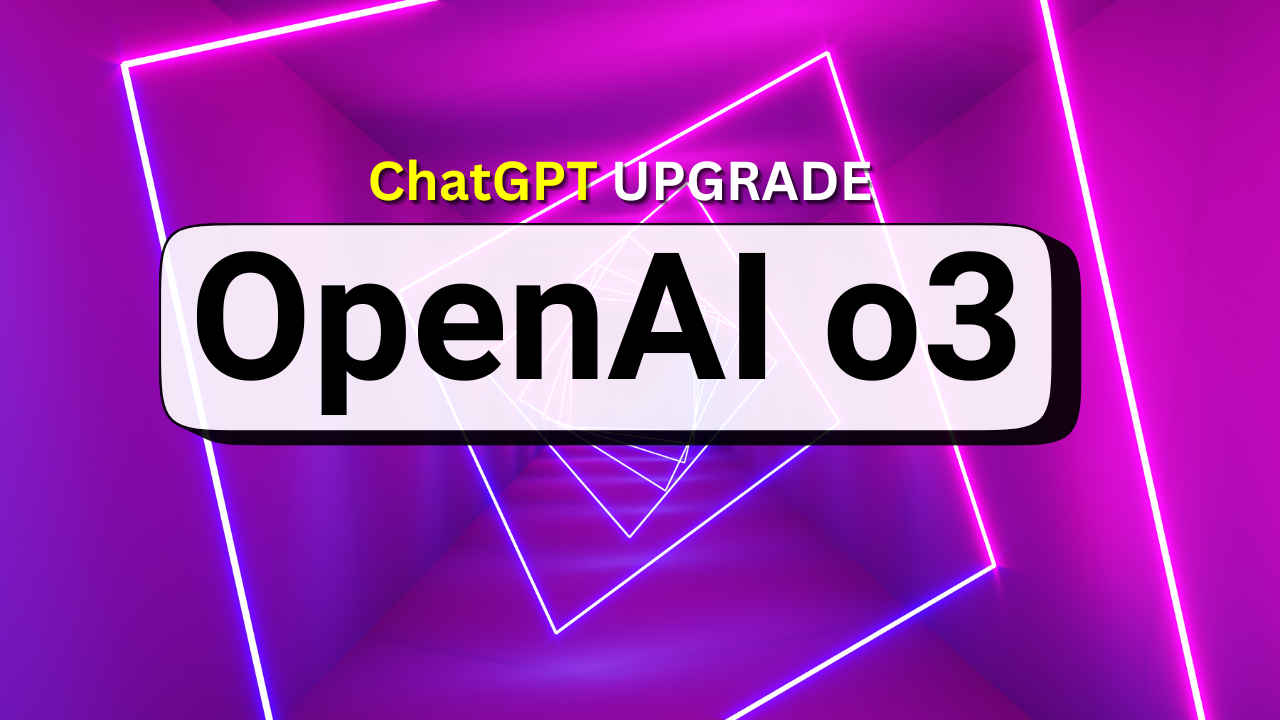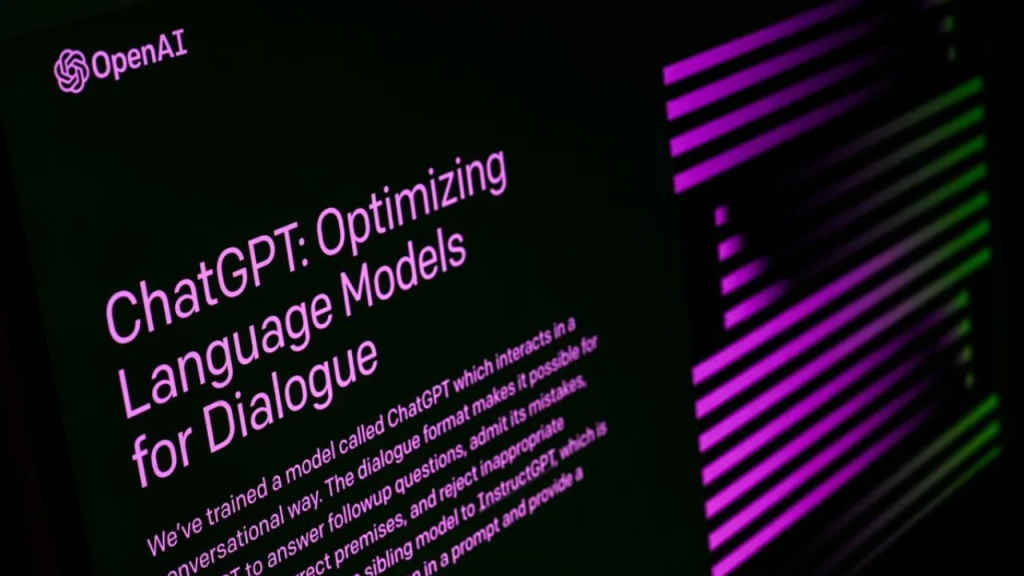OpenAI o3 model: How good is ChatGPT’s next AI version?

OpenAI’s latest AI model, dubbed simply as GPT o3, has generated considerable buzz in the tech community over the past week or so. Announced near the end of 2024, OpenAI o3 represents a major leap forward in advanced reasoning, coding, and scientific problem-solving.
 Survey
SurveyAlso read: OpenAI in 2024: ChatGPT Search, Sora AI video, and all the big wins
Why OpenAI went with o3 as the name for its next version of ChatGPT, skipping o2 after o1 (which is the current latest ChatGPT version) has raised a lot of eyebrows. Despite all of that, here are five key takeaways to help you understand what makes OpenAI o3 so significant and how it could set the early benchmark for the AI industry’s trajectory going into 2025.
1) ChatGPT o3 model cracks PhD tests
Perhaps the most striking aspect of o3 is its robust performance on multiple benchmarks that gauge real-world problem-solving ability. On math tests like the AIME 2024, o3 scored a remarkable 96.7%, surpassing the already-impressive 83.3% achieved by its predecessor, O1. In science, it excelled on PhD-level benchmarks such as the GPQA Diamond test, outscoring O1 by nearly 10 percentage points.

But the most eye-opening results came from the ARC AGI benchmark – an assessment specifically designed to measure adaptability and “general intelligence.” Putting a smile on OpenAI’s face, o3 reached 75.7% in standard-compute settings and an even higher 87.5% under high-compute conditions, dwarfing previous records like Claude 3.5’s 53% score. This achievement suggests ChatGPT o3 can handle novel tasks more creatively than earlier large language models, pointing to a significant step toward more generalised AI.
2) Advanced reasoning improved in OpenAI o3 model
A key innovation behind ChatGPT o3’s success is something OpenAI calls “program synthesis.” The model doesn’t just retrieve knowledge from its training data, but also reconfigures that knowledge into new patterns and algorithms. This enables o3 to solve tasks it has never directly encountered, such as intricate logic puzzles or advanced coding challenges.
Also read: How to use ChatGPT on WhatsApp in 3 easy steps
Similarly, building on traditional “chains of thought” (CoT) reasoning, OpenAI o3 dynamically explores multiple solution paths in natural language – much like brainstorming different approaches. It then evaluates these paths using what the reports call an “evaluator model,” effectively acting as its own judge. By iteratively refining and testing different solution candidates, o3 mirrors a more human-like problem-solving process.
3) Public safety training baked into ChatGPT o3 model
As AI systems grow increasingly complex, safety considerations take centre stage. Addressing calls for enhanced safety, OpenAI highlights a novel paradigm called “deliberative alignment,” wherein the AI explicitly learns human-written safety guidelines and reasons about these specifications before generating its responses. This ensures it interprets ethical and safety constraints in a transparent, step-by-step manner.

Moreover, OpenAI is inviting external safety researchers to vet ChatGPT o3’s behavior before it rolls out widely for all subscribers. A form on the OpenAI website allows experts to request early access, and this public safety testing runs until January 10. Such transparency, along with real-time reasoning checks, aims to prevent misuse and mitigate unintended consequences.
4) OpenAI o3 – mini AGI model?
Discussions around ChatGPT o3 often circle back to the concept of artificial general intelligence (AGI) – an AI system that can handle virtually any intellectual task a human can. While OpenAI and industry experts emphasise that ChatGPT o3 does not constitute full AGI, it makes notable strides in “reasoning beyond training data.” From generating state-of-the-art results on ARC – a benchmark widely regarded as a measure of adaptive intelligence – to performing at “Grandmaster” levels in coding competitions, o3 signals that AI is inching closer to tackling unfamiliar challenges with minimal human guidance.
Also read: ChatGPT Projects explained: OpenAI’s new customisation feature
Yet, the reports also acknowledge that these leaps come at a cost. Pushing AI to the bleeding edge requires significant compute resources, meticulous data labeling, and constant oversight to ensure reliability across diverse real-world contexts. If OpenAI o3’s methods prove scalable, the industry could see a major shift toward hybrid approaches combining deep learning with structured problem-solving techniques. However, as experts like François Chollet caution, this journey will involve balancing innovation against potential pitfalls like bias, misuse, and computational bottlenecks.
Overall, it must be said that OpenAI’s o3 represents a bold statement about where large-scale AI models are headed. By surpassing previous benchmarks in math, coding, and generalized intelligence, it demonstrates just how rapidly AI can evolve.
Also read: What does the evolution of AI so far tell us about its future?
Team Digit
Team Digit is made up of some of the most experienced and geekiest technology editors in India! View Full Profile